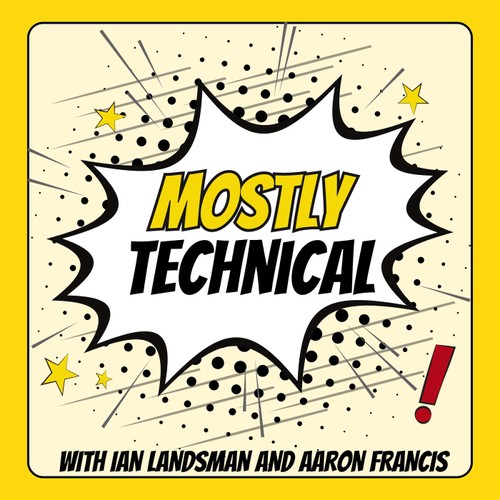
 Mostly Technical
Mostly Technical 12: All Things Livewire with Caleb Porzio
Oct 31, 2023
Caleb Porzio, Livewire expert and creator of Wiretap, joins Ian and Aaron to discuss the future of Livewire screencasts & components, implementation and ease of use of LiveWire, challenges of debugging bidirectional changes, LiveWire's current setup and financial empire, pricing structures, international and localized pricing, building infrastructure, different payment models, and the idea of combining LiveWire and React components.
Chapters
Transcript
Episode notes
1 2 3 4 5 6 7 8 9 10 11 12 13 14
Introduction
00:00 • 2min
The Challenges of Pronouncing Names
01:42 • 4min
The Great Sock Debate
05:37 • 7min
Discussing a Messaging App, Security Concerns, and React
12:19 • 3min
Comparing LiveWire, React, and Vue
15:07 • 18min
The Need for Comprehensive Debugging Tools in Web Development
32:59 • 8min
LiveWire's Setup and Financial Empire
41:18 • 26min
Differences in release strategies and the importance of a community clubhouse
01:07:12 • 3min
Capturing the Value of Front
01:10:15 • 4min
Benefits of International and Localized Pricing
01:14:37 • 2min
Building Infrastructure and the Excitement of Launch Day
01:16:35 • 2min
Exploring Pricing Models and Improving Visibility
01:18:20 • 20min
Finding the Right Payment Model
01:38:35 • 15min
Combining Livewire and React components
01:53:25 • 18min
